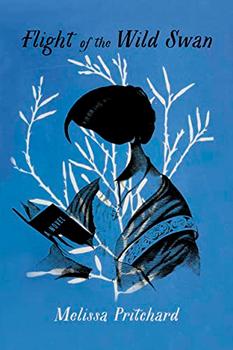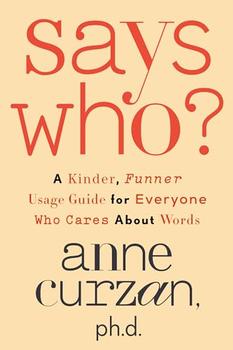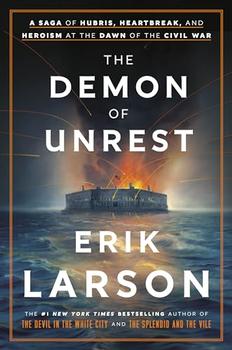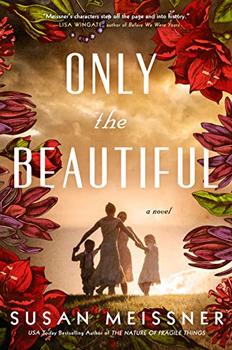 During the height of the Spanish colonization of Latin America in the 16th and early 17th centuries, conquistadors forced enslaved workers to extract vast amounts of silver from mines in Cerro Rico ("rich hill" in Spanish) near the city of Potosí (in what is now Bolivia), which once held the largest silver deposits on Earth. As many as eight million enslaved Quechan and African people died there. According to the Guardian, Cerro Rico "bankrolled Spain's colonial empire, the Spanish Armada and the European Renaissance." And it wasn't just that it provided currency; it created it. Author Jack Weatherford observes that Potosí was "the first city of capitalism … for it supplied the primary ingredient of capitalism – money," and states, "Potosí made the money that irrevocably changed the economic complexion of the world." This history makes the city's appearance particularly fitting in Raul Palma's A Haunting in Hialeah Gardens, a novel driven in part by questions...
During the height of the Spanish colonization of Latin America in the 16th and early 17th centuries, conquistadors forced enslaved workers to extract vast amounts of silver from mines in Cerro Rico ("rich hill" in Spanish) near the city of Potosí (in what is now Bolivia), which once held the largest silver deposits on Earth. As many as eight million enslaved Quechan and African people died there. According to the Guardian, Cerro Rico "bankrolled Spain's colonial empire, the Spanish Armada and the European Renaissance." And it wasn't just that it provided currency; it created it. Author Jack Weatherford observes that Potosí was "the first city of capitalism … for it supplied the primary ingredient of capitalism – money," and states, "Potosí made the money that irrevocably changed the economic complexion of the world." This history makes the city's appearance particularly fitting in Raul Palma's A Haunting in Hialeah Gardens, a novel driven in part by questions...
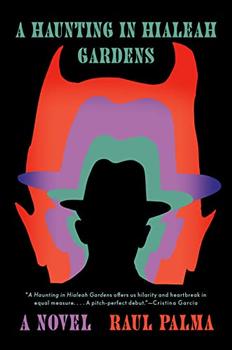
 Book Reviewed by:
Book Reviewed by:

